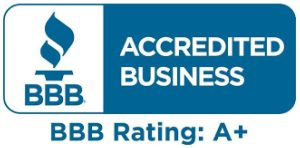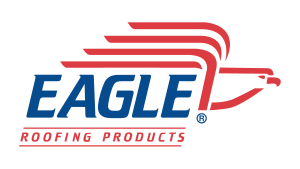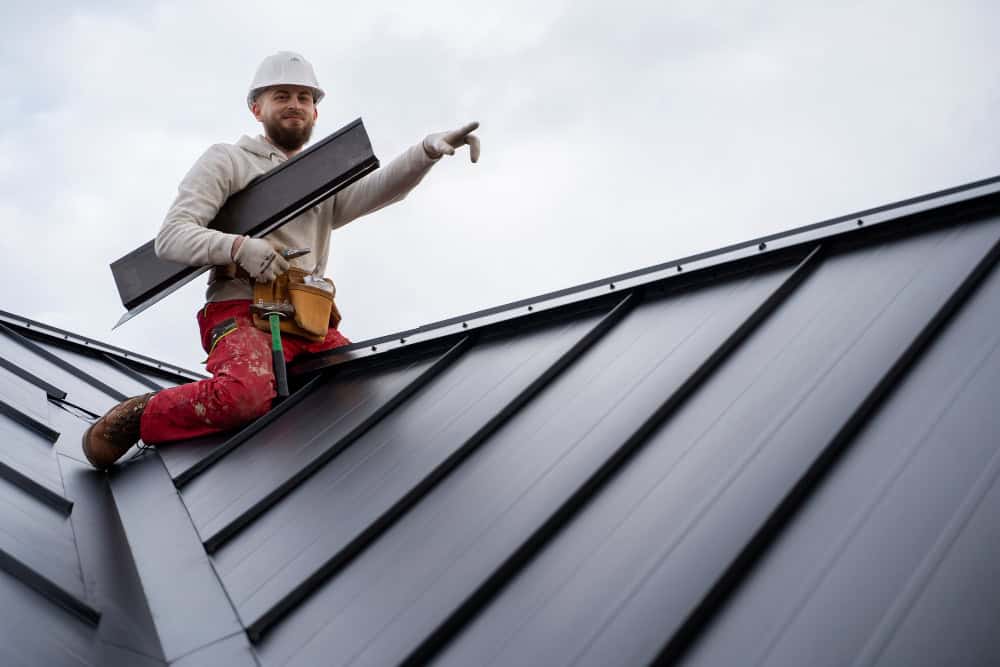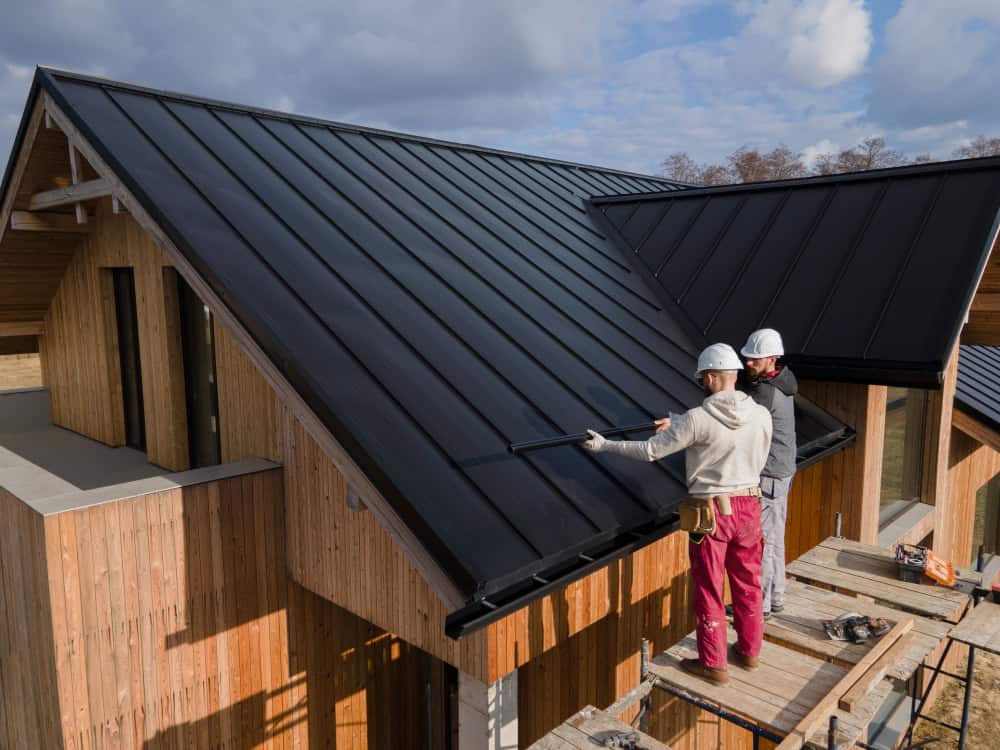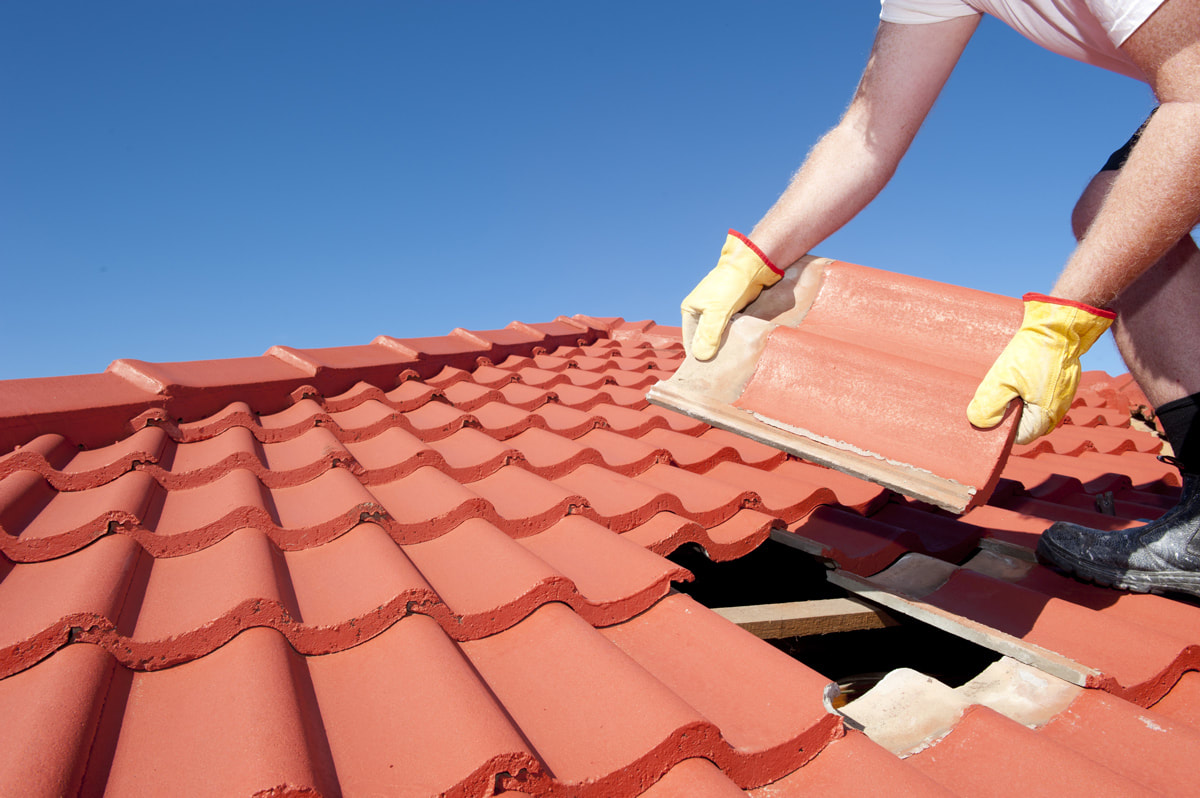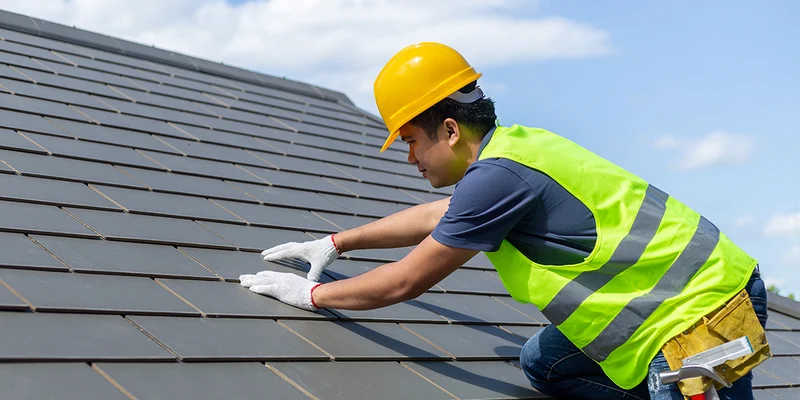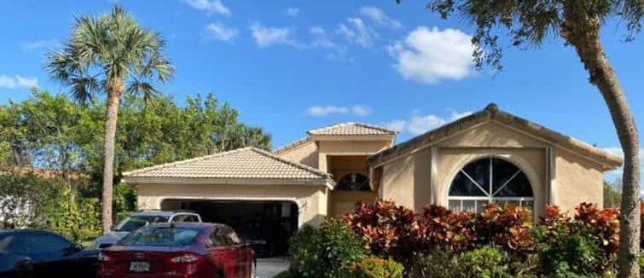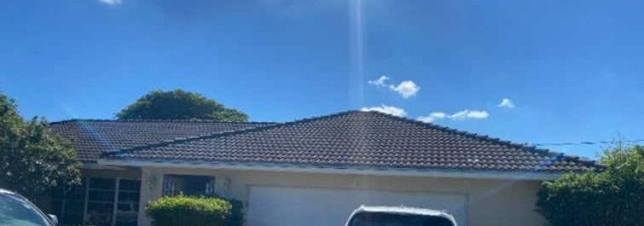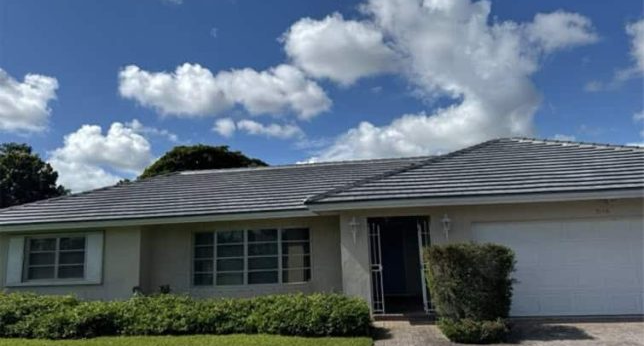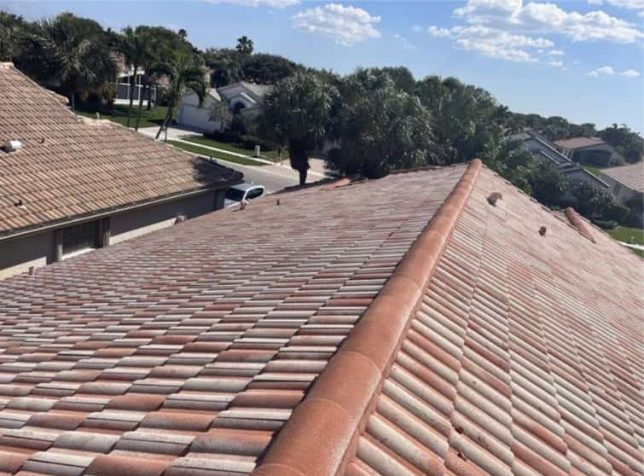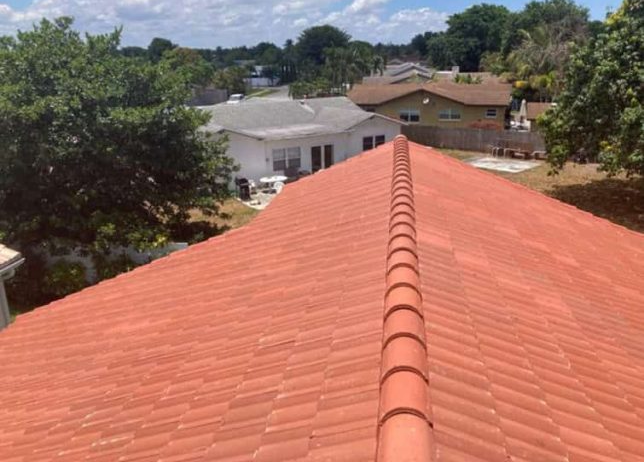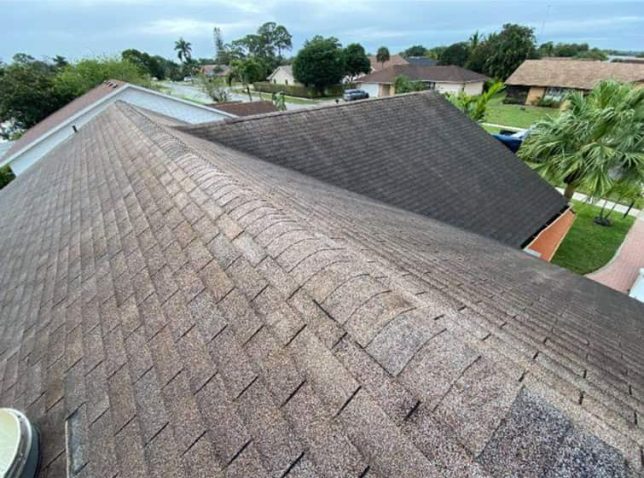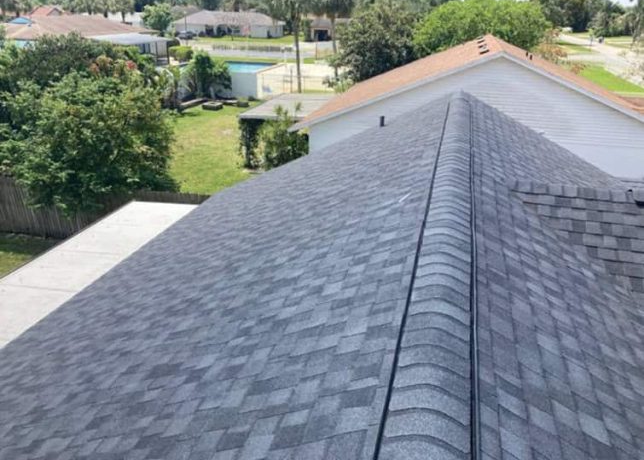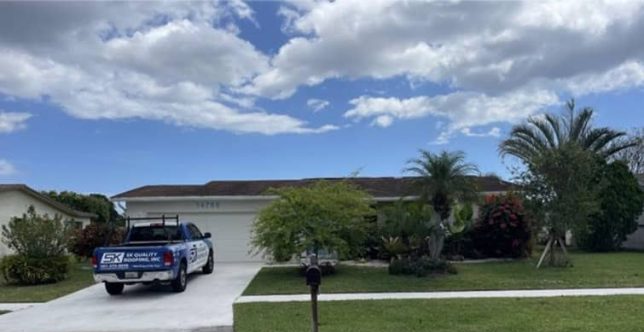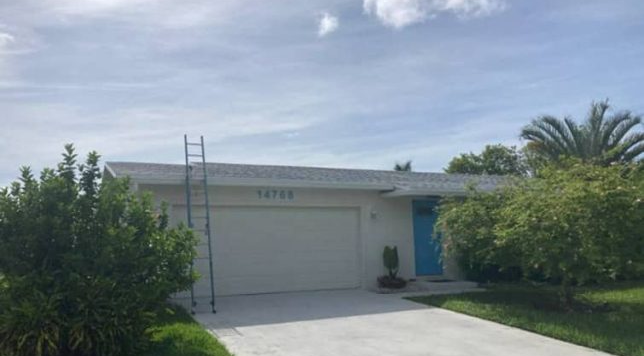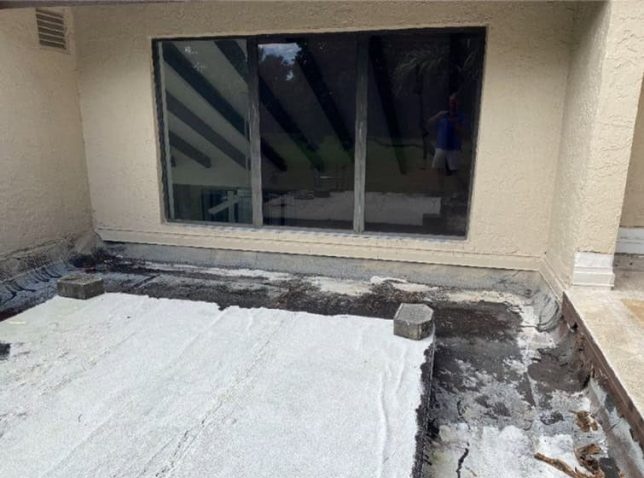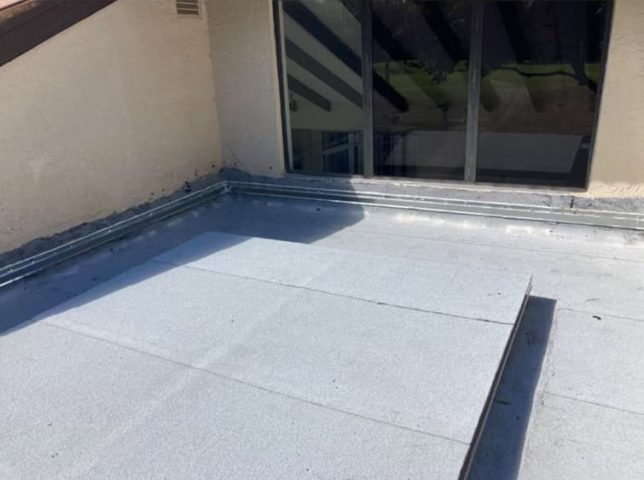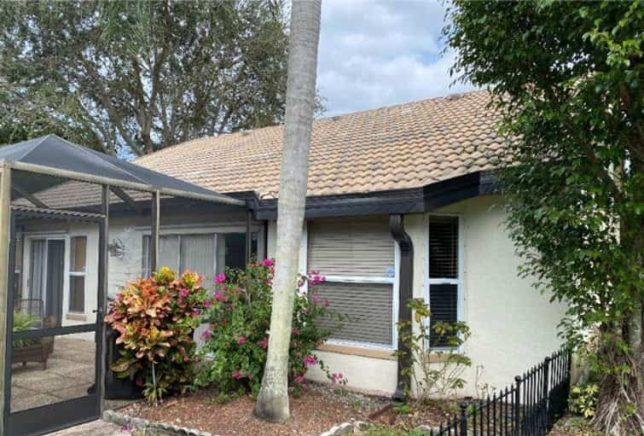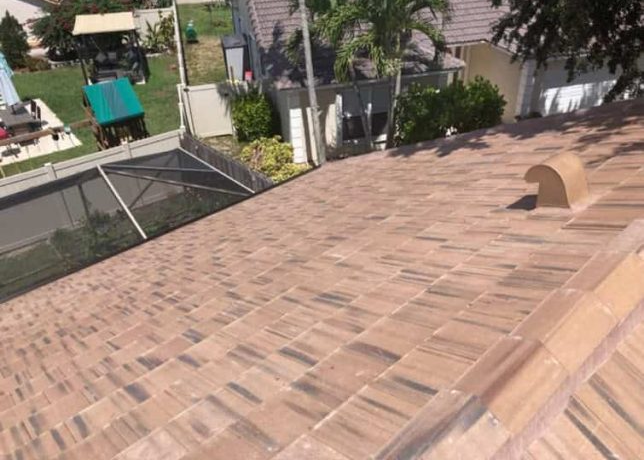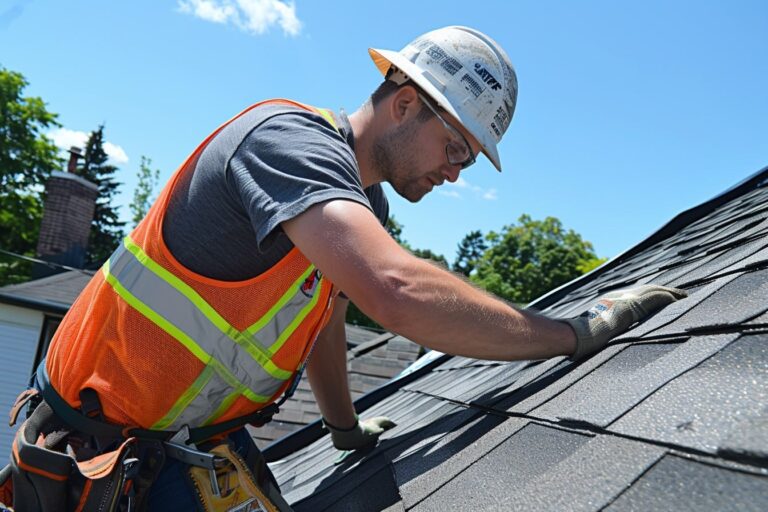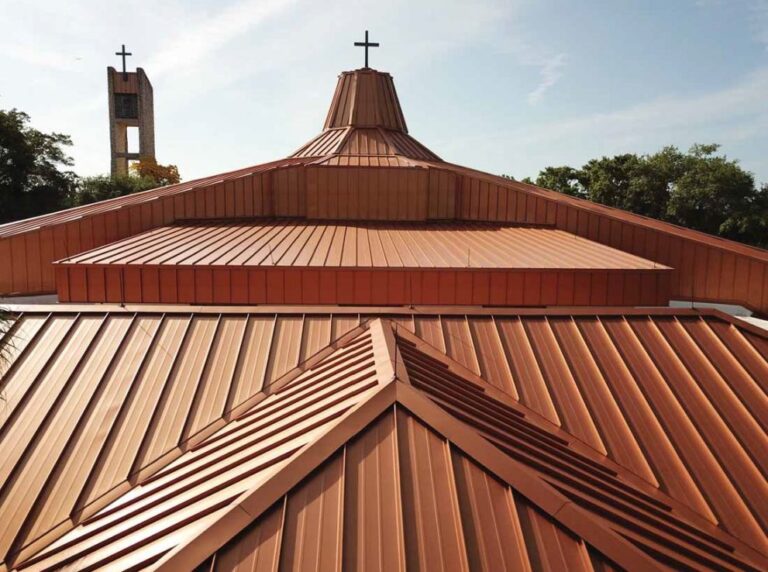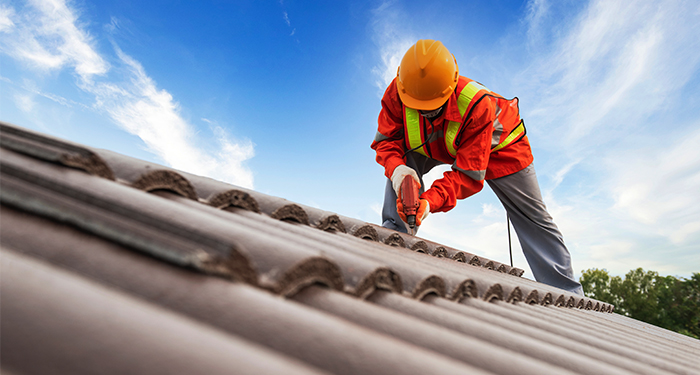


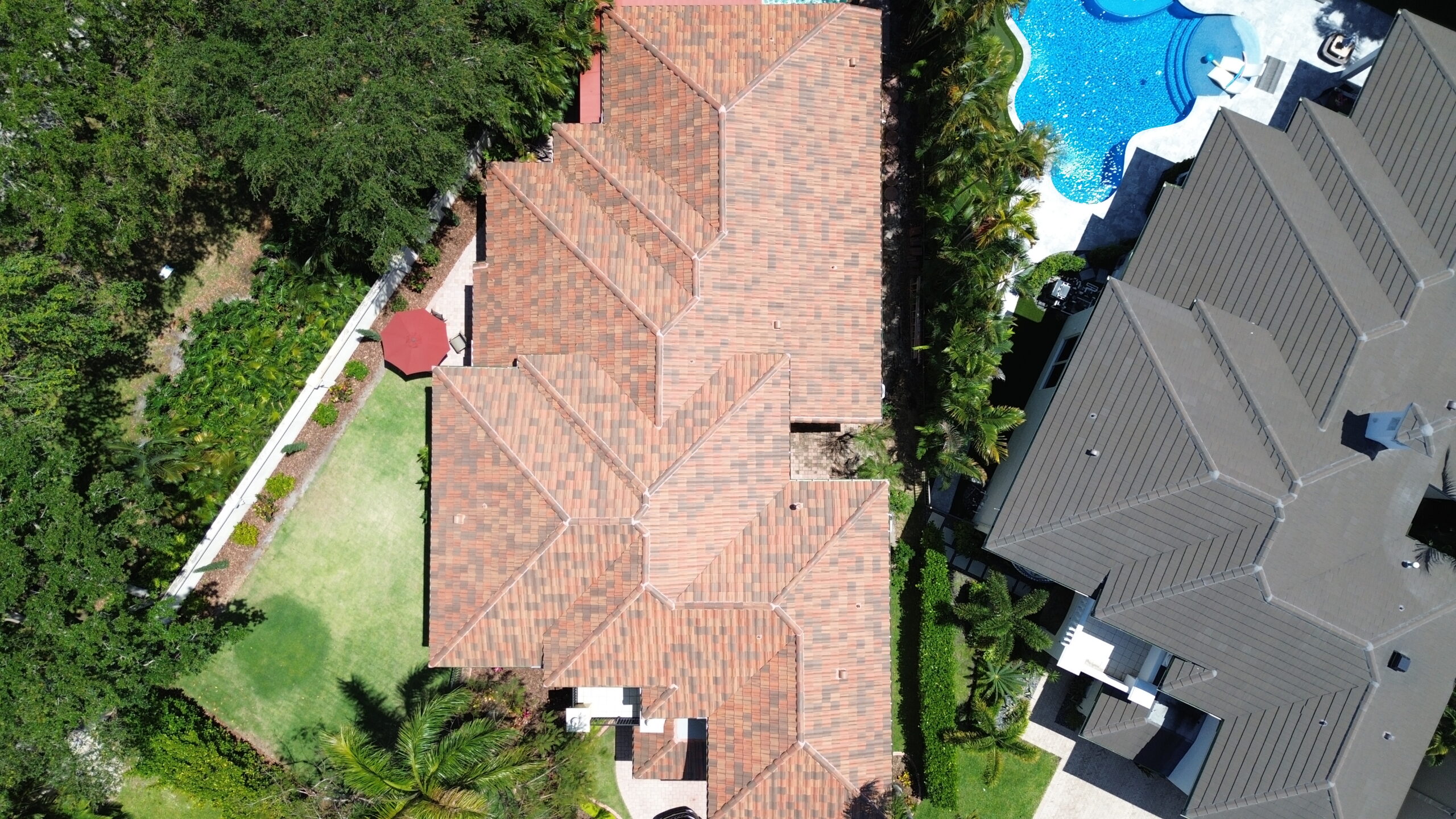
Get To Know
Services SK Quality Roofing Provides

Residential Roofing

Cool Roof Coating Solutions
Located in Delray Beach, we serve Palm Beach and Broward Counties, and are fully licensed and insured. Give us a call to learn more at (561) 276-8040.
11,000 +
Prior happy customers
$0
free estimates
40+
Years in business
10+
Year warranty
Residential Roofing Headquartered in Delray Beach
Shingle & Tile Roof Repairs Serving Palm Beach & Broward Counties
Roofing Contractor Specializing in Roof Repairs, Replacement & Installation
Happy Customer Reviews
Give us a call or complete the form below and a representative will contact you.
Trusted Best Company
This comprehensive FAQ covers the essential aspects of roofing services for both residential needs, providing valuable information to help customers make informed decisions about their roofing projects.
A roofing contractor offers a wide range of services including roof installation, roof repair, roof maintenance, and roof inspection. They can work with various roofing materials such as asphalt shingles, metal roofing, slate, and flat roofing systems. Contractors also handle emergency roof repairs, waterproofing, and roof replacement projects.
When choosing a roofing contractor, consider their experience, reputation, licensing, and insurance. Look for reviews and testimonials from previous clients, and ask for references. It’s also important to get multiple quotes to compare prices and services. Ensure the contractor provides a detailed written estimate and contract.
Roof installation involves several steps: removing the old roofing materials, repairing the roof deck if necessary, installing underlayment, and then laying down the new roofing materials. The process also includes installing flashing, ventilation, and ensuring proper sealing to prevent leaks. The specific steps may vary depending on the type of roofing material being used.
It’s recommended to have your roof inspected at least once a year and after any major storm or severe weather event. Regular inspections help identify potential issues early, preventing costly repairs down the line. Professional inspections ensure that all aspects of the roof, including shingles, flashing, and gutters, are thoroughly checked.
Common signs that your roof needs repair include missing or damaged shingles, leaks or water stains on the ceiling, sagging roof areas, increased energy bills, and visible wear and tear around roof fixtures such as chimneys and vents. If you notice any of these signs, it’s important to contact a roofing professional promptly.
The cost of roof replacement varies depending on factors such as the size of the roof, the materials used, and the complexity of the job. On average, homeowners can expect to pay between $5,000 and $10,000 for a typical roof replacement. For buildings, costs can range from $10,000 to $50,000 or more. It’s best to get detailed quotes from several contractors to get an accurate estimate.
While some minor repairs like replacing a few shingles or sealing small leaks can be done by homeowners, it’s generally recommended to hire a professional for most roofing work. Roofing is a dangerous job that requires specialized skills and tools. Improper repairs can lead to more significant issues and costly damage.
The lifespan of a roof depends on the materials used and the quality of installation. Asphalt shingles typically last 20-30 years, metal roofs can last 40-70 years, slate roofs can last over 100 years, and flat roofing systems like TPO or EPDM usually last 20-30 years. Regular maintenance can extend the lifespan of any roof.
WHAT'S NEW
Stone Coated Metal Roofing Florida
How to Choose a Reliable Roof Repair Contractor in Florida




